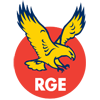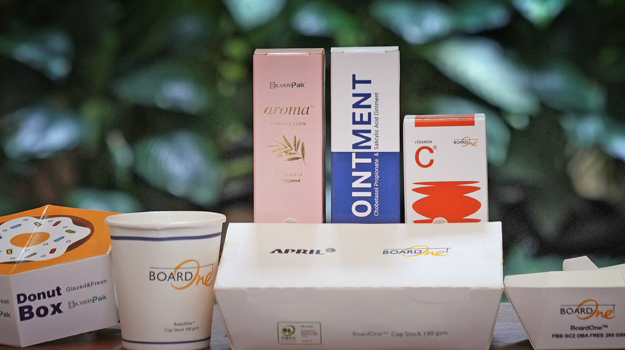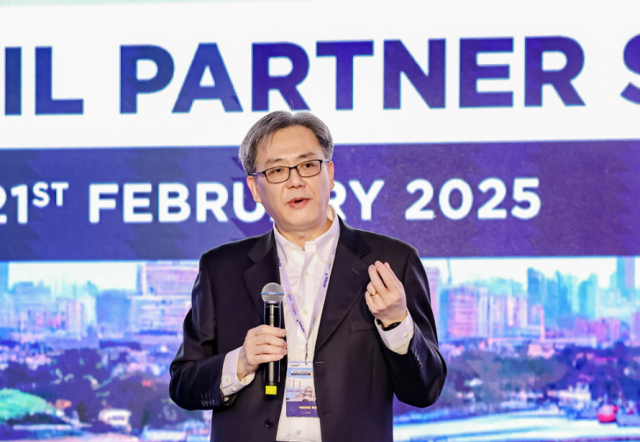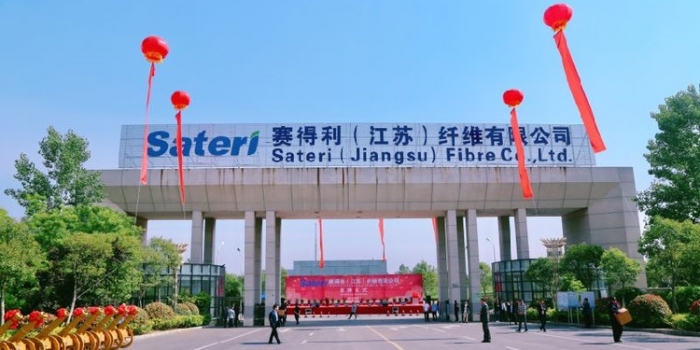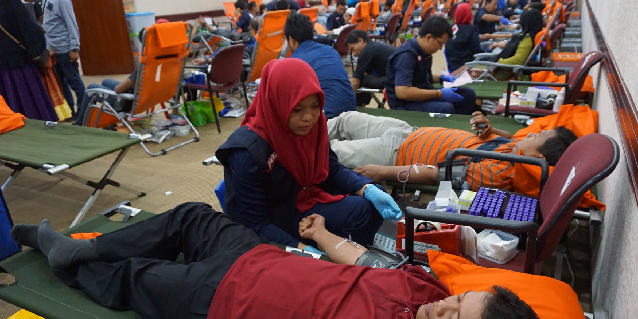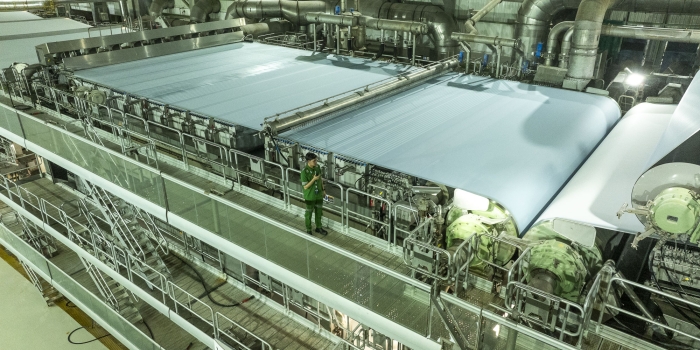As global industries shift towards more sustainable packaging, paperboard is emerging as a viable alternative to plastic. However, the challenge lies in creating materials that offer the same durability, protection, and functionality, without compromising sustainability goals. BoardOne, APRIL and Asia Symbol’s high-performance paperboard solution, is bridging this gap.
With growing consumer awareness, stricter government regulations, and increasing commitments from global brands, the demand for sustainable packaging is accelerating.
Wang Bo, President at APRIL Group, part of the RGE group of companies, shares insights into the group’s approach to sustainable paperboard, the industry’s evolution, and how BoardOne is shaping the future of packaging.
What role do you see sustainable paperboard playing in the future of packaging, and how does this align with global sustainability trends?
We see BoardOne playing a major role in the future of packaging, especially in replacing traditional plastics. The global shift towards sustainability is moving fast. Governments are cracking down on plastic waste, and brands are pushing for more eco-friendly materials. What makes BoardOne stand out is its renewability, recyclability, and high-performance coatings. This lets it match the functional needs of plastic packaging across different applications. We’re also investing in lightweighting innovations to reduce material use while keeping strength and durability intact. For us, BoardOne isn’t just about following sustainability trends. It’s part of our long-term commitment to transforming packaging with better, more responsible solutions.

BoardOne stands out for its renewability, recyclability, and high-performance coatings.
How does sustainable paperboard help replace plastic packaging, and why is this shift important?
BoardOne provides an alternative to plastic packaging as it offers close functional parity, including moisture barriers and structural integrity through advanced coatings and material science. This transition to paperboard is vital for reducing our reliance on fossil fuels, minimising plastic pollution, and providing biodegradable alternatives that are part of a circular economy. BoardOne differentiates itself from other paperboard products through its high-quality fibre. This ensures that our solutions meet the stringent requirements of high-end consumer packaging, where strength, hygiene, and formability are paramount. Beyond our BoardOne product, APRIL continues to innovate, particularly in biodegradable coatings to continue meeting the needs of our end-users.
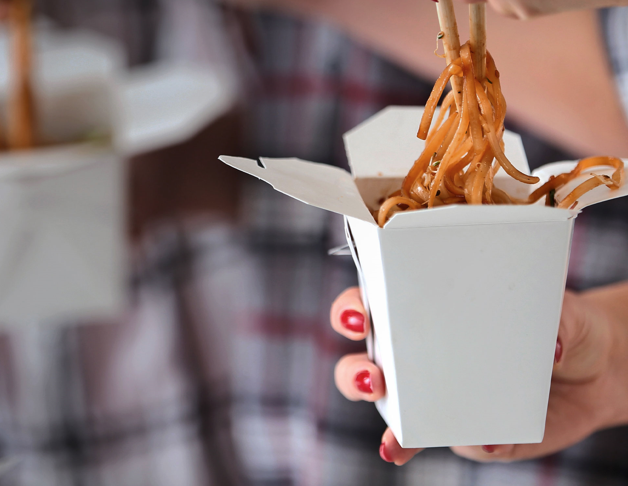
Sustainability-conscious consumers are driving demand in a rapidly evolving market.
What is driving demand for sustainable paper packaging, and how do you see the market evolving?
A few big forces are driving demand. Consumers are more aware, governments are enforcing stricter regulations, and brands are making bold sustainability commitments. The market is evolving fast, new innovations in paperboard materials and coatings are expanding what’s possible. We’re seeing particularly strong growth in China, the Middle East, and Southeast Asia, where both policy and consumer demand are speeding up the transition to sustainable alternatives. We’re closely tracking these trends and constantly adapting BoardOne to stay ahead, ensuring it remains one of the most forward-thinking sustainable packaging solutions available.
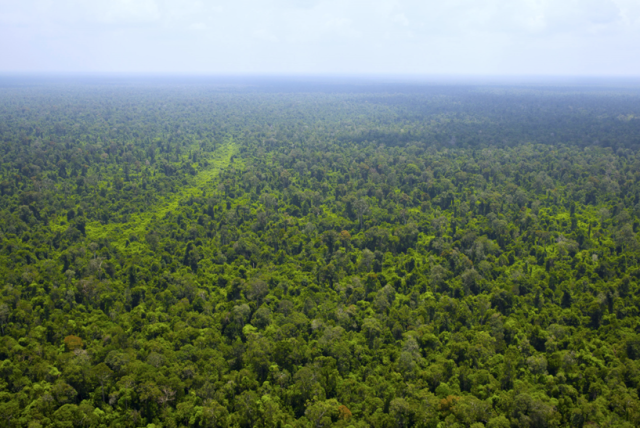
Sustainability is built into everything we do, from responsible forestry to clean manufacturing. Right now, 100% of our pulp is sourced from responsibly controlled sources.
What steps are you taking to ensure a balance between increased production with responsible land use and sustainable forestry?
Sustainability is built into everything we do, from responsible forestry to clean manufacturing. We strictly follow our Sustainable Forest Management Policy (SFMP) 2.0, making sure all our sources are responsibly managed and certified. We’re also integrating renewable energy and efficiency solutions across our facilities, using solar panels, advanced water management systems, and responsibly sourced pulp. Right now, 100% of our pulp is sourced from responsibly controlled sources, with approximately 93% of our plantations carrying the Programme for the Endorsement of Forest Certification (PEFC) certification. These measures reinforce our commitment to balancing growth with environmental responsibility.
How are you working with packaging companies and brands to accelerate the adoption of sustainable paperboard solutions?
We’re taking a hands-on approach where we work directly with brands and packaging companies to make switching from plastic to paperboard as seamless as possible. That means providing technical support and education to better enable this transition. With our integrated supply chain and digital warehousing, we ensure a consistent and reliable supply for fast moving global consumer brands. Beyond that, we actively engage in industry forums, sustainability summits, and direct brand education initiatives, helping drive awareness and shape the conversation around the future of sustainable packaging.
